DIGITA L GARDEN
JESSICA KUHN
Dear human reader,
Dear digital reader (that is probably collecting my data in this very moment),
I am excited! Based on the other's digital gardens I assume that this a place to reflect in public and share thoughts.
Week 1/2 - 24.-31.11.22
It's my first week in Fine Art. I am very happy to be here! Slowly but surely I am getting used to seeing the world through the lens of art.
Ever since my first day I am asking myself
"How can I bring pop culture into my own artistic language?"
The idea of art factories intrigues me. Bulk objects produced for the masses. Market capitalism and the culture industry.
dafen china
Week 3 14.11 -
Pop-culture reference: Emoji Colour Selection
Idfa: White Balls on Walls
The ideological misery of the Stedelijk to be and inclusive institute and be politically correct.
"Eerst moet de ideologie in orde zijn, dan pas kijkt hij of het kunstwerk deugt. Eerst kijkt hij wat het Politbureau ervan vindt en dan pas of het of het van artistieke waarde is. U moet en zal de juiste politieke bewustwording krijgen in zijn museum."
Theodor Holman on Rein Wolfs direction for the Stedelijk,
Idfa: Apolonia, Apolonia
The Danish documentary maker followed Apolonia for 13 years in her becoming of an artist. It's about her life, the art world and what it means to be a female painter.
In her life she encounters Simchowitz https://en.wikipedia.org/wiki/Stefan_Simchowitz
a figure that I saw earlier at one of the KIRAC episodes.
Stefan is an art dealer that "buys artists, puts them in a box" and owns their works in an early stage of their carrier. Selling them for low price often means the death of an artist's career.
Speculating about the art market as a topic for art seems interesting to me. Stefan from KIRAC is busy with that in his documentary. I am meeting more an more artists around me that are stressing themselves more with their career than with the meaning of their work. My latest visits to Munich have been eyeopening in that regard.
Philip Akkerman didn't know what to paint so he painted self-portraits everyday.
I relate to the idea that I don't know what to paint. In order to keep staying active I did a lot of master copies, which made me resent the practice of painting. I think making self-portraits might be an interesting idea to try out.
Week 3 14.11 -
Pop-culture reference: Emoji Colour Selection
Week 3 14.11 -
Pop-culture reference: Emoji Colour Selection
Philosophy Lecture 14.11. - Human Condition II
- Humus Human Earth
- Condition/Voorwaarde
- Prerequisite to human life: all emotions, care,...
- Phenomenology as an auditede
- We can never escape ourselves as human beings,
- Never rise above our contingency of our own personal path
- Existential challenge,
- What can I know? What must I do? What may I hope? (You can see them as outcries) What is man?
- Fourth question: Kant: If you want to understand these questions we need to understand what human beings are.
- What can I know? Me as a fragile human being.
- I came like water. And like wind I go into this universe. and why not knowing. like winds. like water....
- What must I do? Ethical question. Categorical Imperative.
Person should always ask in maxims that can become universal law.
- What must I do when I am confronted with impossible choices? Satre cares for his mother, but he also wants to join the resistance. There is no general answer. Only individual ones.
- What may I hope? It's a modern phenomenon. Greeks didn't hope. They had the gods on their side.
Hoping for others. Godless world.
- What is man? Question is an insult to the personal questions. Philosophical Anthropology (The search of what is human)
Human
- Aristotle we proclaimed to be a rational animal.
- Nietzsche: The mad animal
- Homo Sapiens
- Dostojevscy: Perpetually dissatisfied animal. The bored animal
- Undefined and undefinable animal
We are the Homo Rapiens? We are the raping humans. After the lecturer.
- Unconceilment. Landscapes. Different Perspectives. No one understand the landscape best. The landscape reveiles and stays veiled.
- There is no hiracy of perspectives!
- Nietzsche: Perspectivismus
- Ruseeau:
Philosophy Lecture 14.11.

- True Story:
- World Database of Happiness
- Toevalligheit of Western Philosophy
- The ZIG ZAG. There is no linear future of philosophy.
- Philosphy means Love for wisdom
- Mainstream pratice was about aquring the essence of things. A conceptiual grip of the world.
1. Starting from Chaos/Mythos (the way of dealing with chaos)
Tragedy comes from the greek feeling of being cursed by unpredictable gods
Know thy self. Gnosis Seoton. Also means distrust yourself.
2. Cosmos
Physiologoi (Philosphers of Nature)
Everything is water. Trying to away from the myth. Explaining everything,
Parmenedeise: I call it the one. Everything that is is. And which is not is not.
Socratice: The real difference. It's about being and appearance.
3. Logos
Decard as the first modern philosopher
- If I doubt eveythings. Then the only thing is that I can be certain about is that I am doubting. I think therefore I am.
- The the moved mover is found in the mortal human.
Three Masters of Suspicioun: Marx, Freud., Niezsche
Marx: Sociol-ecomoic position consitiutes our concous Freud: Es, Ich und Ueberich, Es-> Driving Force, Ich > Ego, Superich-> Demands of society and parents
Ego is a poor thing. Constantly having to move between these forces.
Nietsche: We are clever beasts on a small piece indifference universe saying "I want to be happy!"
There are no ultimate truths. It's a collective lie. It's also an iluusion that we forgot that it's an illusion.
"We are all haninging in dreams on a back of a tiger."
-
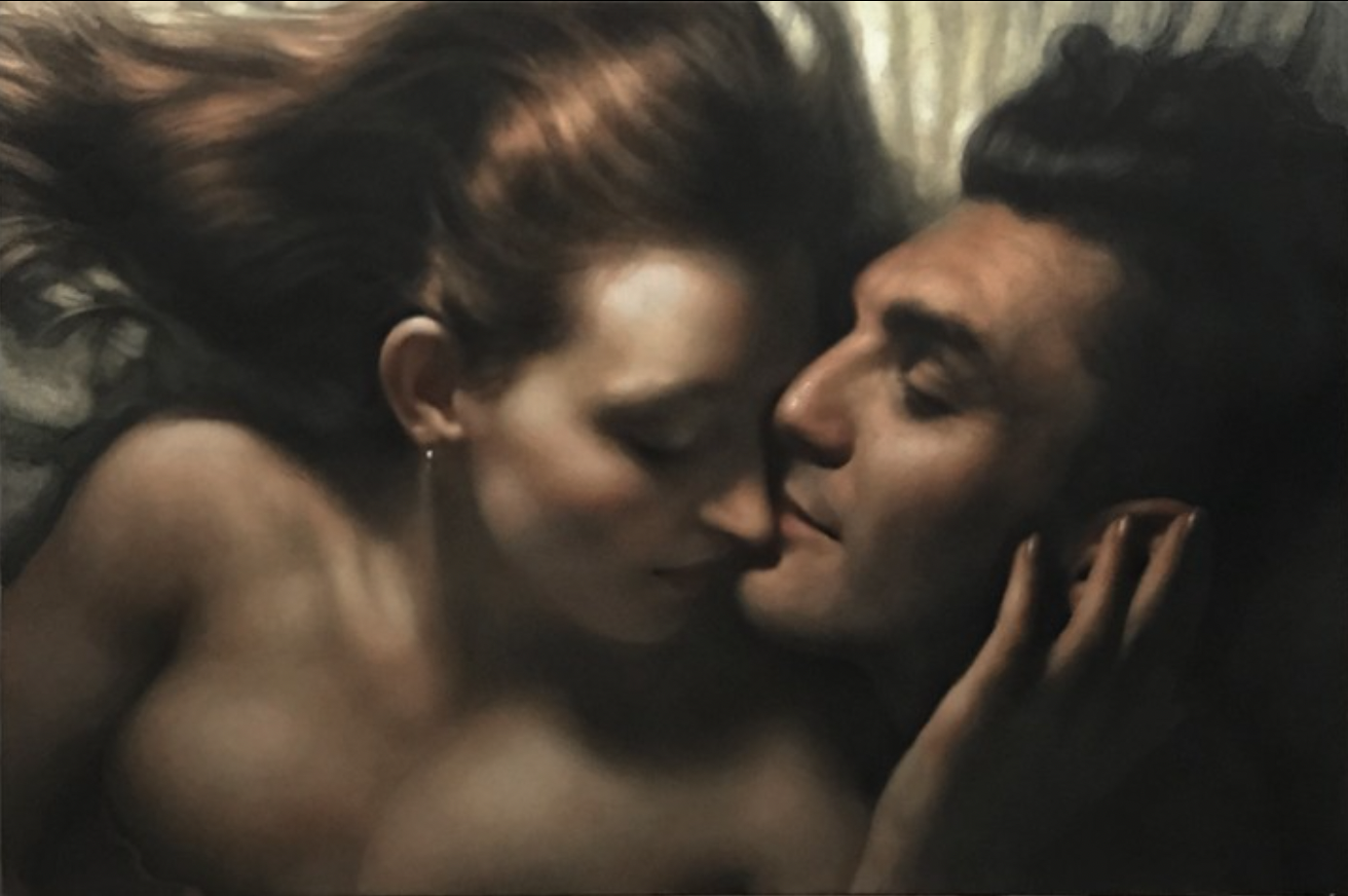
By trying to emancipate someone you take agency over them. You try to help them by elevating them, in this case by giving them money and access to education. This by itself can be seen as paradoxical, because by doing so you repeat patterns of oppression. In Heidegger’s view helping someone is to exist inauthentically. Not recognising the other as their own person and Being/being. But I can’t get around the question wether there are values worth standing up for. Just as American’s have made it to their mission to fight for democracy and universal human rights. Fighting for with by employing war and mass-killing.
Absolute systems are prone to exploitation and abuse of power. History shows that radically exercised ideologies like capitalism, communism, nazism, meritocracy etc. without a counterweight that questions them, end in collective suffering of the individual and the lower classes. We live in times where black and white thinking is making its way into everyday discourse. Whereas nuanced opinions, which encompass a variety of moral standpoints and undetermined opinions are decreasing in popular. Without going too much into the reasons of how we got here, I want to introduce you to my approach.
“You have to leave people more confused then you found them.” - Charlie Brown
By being contradicting, not confirming to easy choices and by being in a constant state of questioning I want to make work that is not easy do digest (and confronting at times) to keep hold up a mirror in-front of ourselves. Embracing the chaos and unapologetic search for meaning.
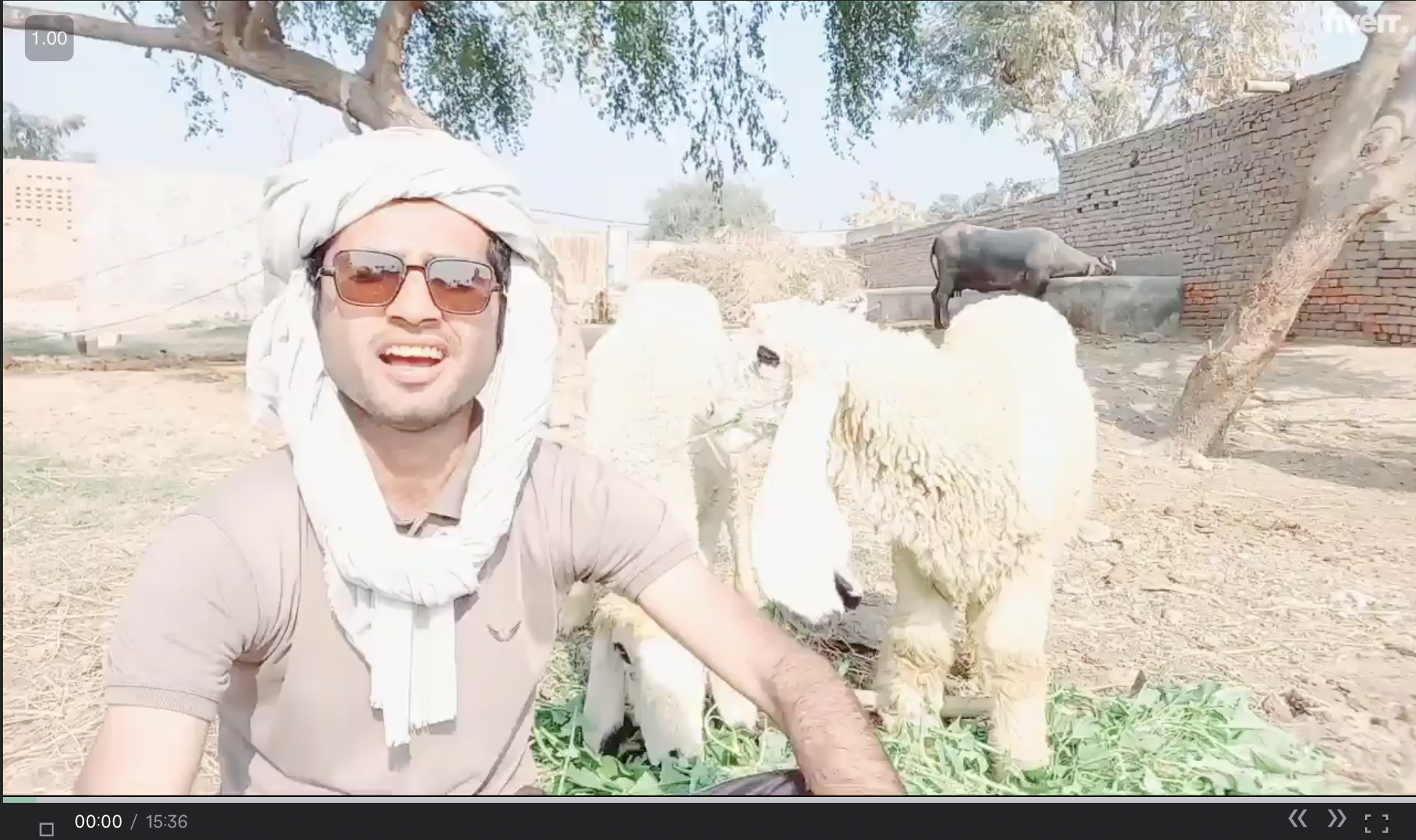
Additional thoughts on my work for Radioactivity
Scroll right -> for ~nov, dec
Scroll down
for Janurary
New and Old Inspiration:
Mark Manders has been lingering in my Pinterest account for a while, but only recently I actually took the time to find out more about him. He also lived in Arnhem like me and has a fascination for the human figure. I also happen to bike past his huge sculpture at the Dam in Amsterdam almost every day.
I always thought it was a sculpture by Igor Mitoraj. They both are interested in fragmentation and ancient ideals. Mitoraj more so on the idea of "lost civilisations". When I visited Pompeii last year for the fist time I was so surprised to see his sculpture there. At first I couldn't believe that a sculpture from 79 AD is still in such good conditions. Not to mention the catastrophe there.
If Mitoraj recreates effects that time have on objects from the past and at the same time ads elements of a past that he imagined himself. Then it almost becomes a future again.
And with Mendes I get the feeling of living in the moment. His sculptures are fragmented in the way that they show the process of making sculptures. He exposes the wooden structure underneath and displays them while leaning on a piece of furniture, as if they were to yet to dry. It is as if the moment is caught in time.
This aspect of this works reminds me of Ritsart Gobyn, who paints the process of painting.
JANURARY
While working on my first larger sculpture in November I discovered how I enjoyed making the process the art work itself.
Clay is so fluid and formable that the same blob can take up all different existences and create a sort of memory. It carries all the things it used to be still with it.
Photography is one way of capturing a moment with the limitation of a flat idea of what a sculpture looks like. With 3D scanning I am able to capture the shape from every angle.
Sculpture stages November
Pompeii Mitoraj
Elective: World Wide Web
Fortunately I got into the elective "World Wide Web" where we get introduced to basic coding. This is an important step for me, because I want to be able to show my 3D scanned sculptures on the web and find a way for the viewer to interact.
I am new to coding. So far it's fun, but the lack of foundational knowledge is in the way. I would have to know more to be able to realise my ideas, which is frustrating, but I also understand that this just takes time and effort.
https://lily-titanium-scallion.glitch.me/#
CLICK! See my first experiments with HTML and CSS
Elective: World Wide Web
Fortunately I got into the elective "World Wide Web" where we get introduced to basic coding. This is an important step for me, because I want to be able to show my 3D scanned sculptures on the web and find a way for the viewer to interact.
Innerhalb der Arbeit /
Ausserhalb der Arbeit
The idea of where your work is placed influences the work itself. What intrigued me in the talk with Paul was that he expanded the idea of what context can be into the relationship between the work and the artist.
Regarding my sculptures he the "Man Eating His Own Feet" as a sculpture that is about plasticity and the "Melting Man" about something more brutal. He asked me about the intention that connect all of them.
He told me to have a look at Michelangelo's Slaves, which he left purposefully unfinished and remarked that the they are already in the stone, not yet released.
Clay works differently in this regard, because it starts with a clump that can get shaped into anything. This aspect reminds me of a connversation I had yesterday with my boyfriend in the context of the "Onderkruipsel" exhibition in Rijksmuseum Amsterdam. We talked about the symbolical meaning of the lizard. Standing for the continues re-creation from nothing and thereby the opposite of what the Ouroboros symbolises.
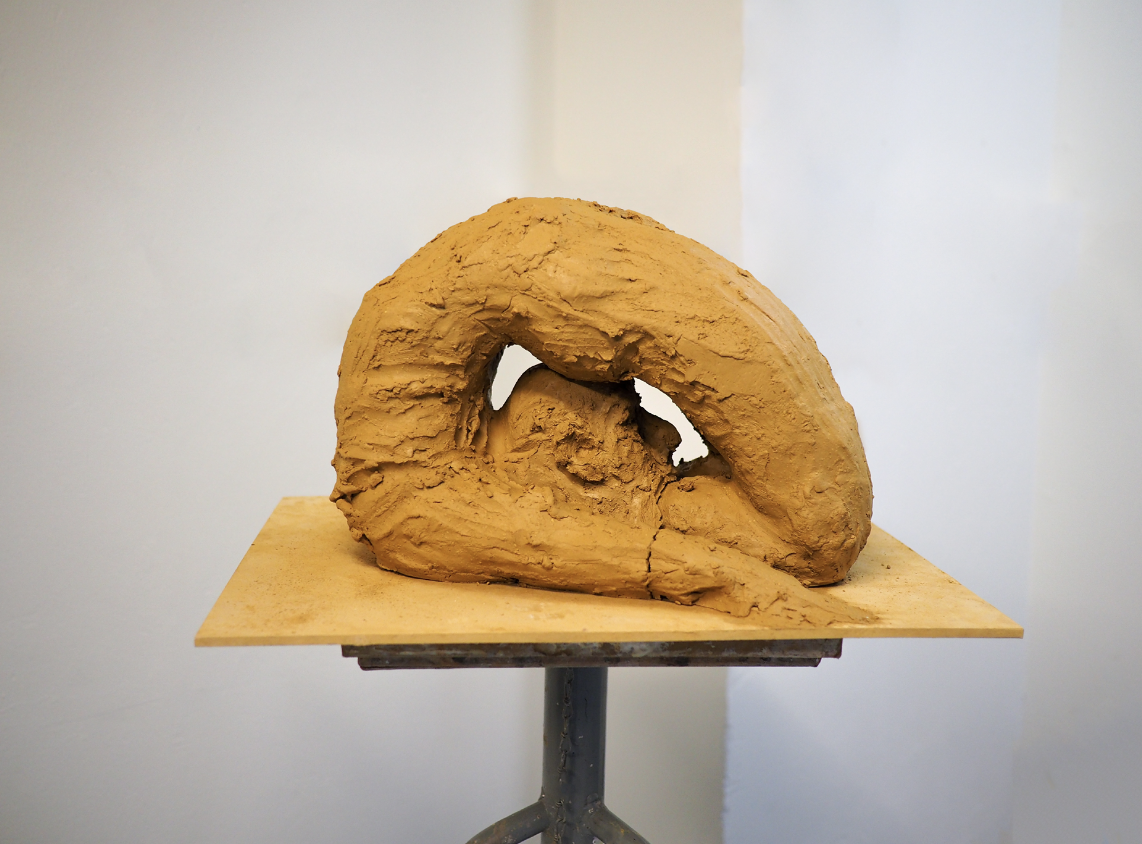
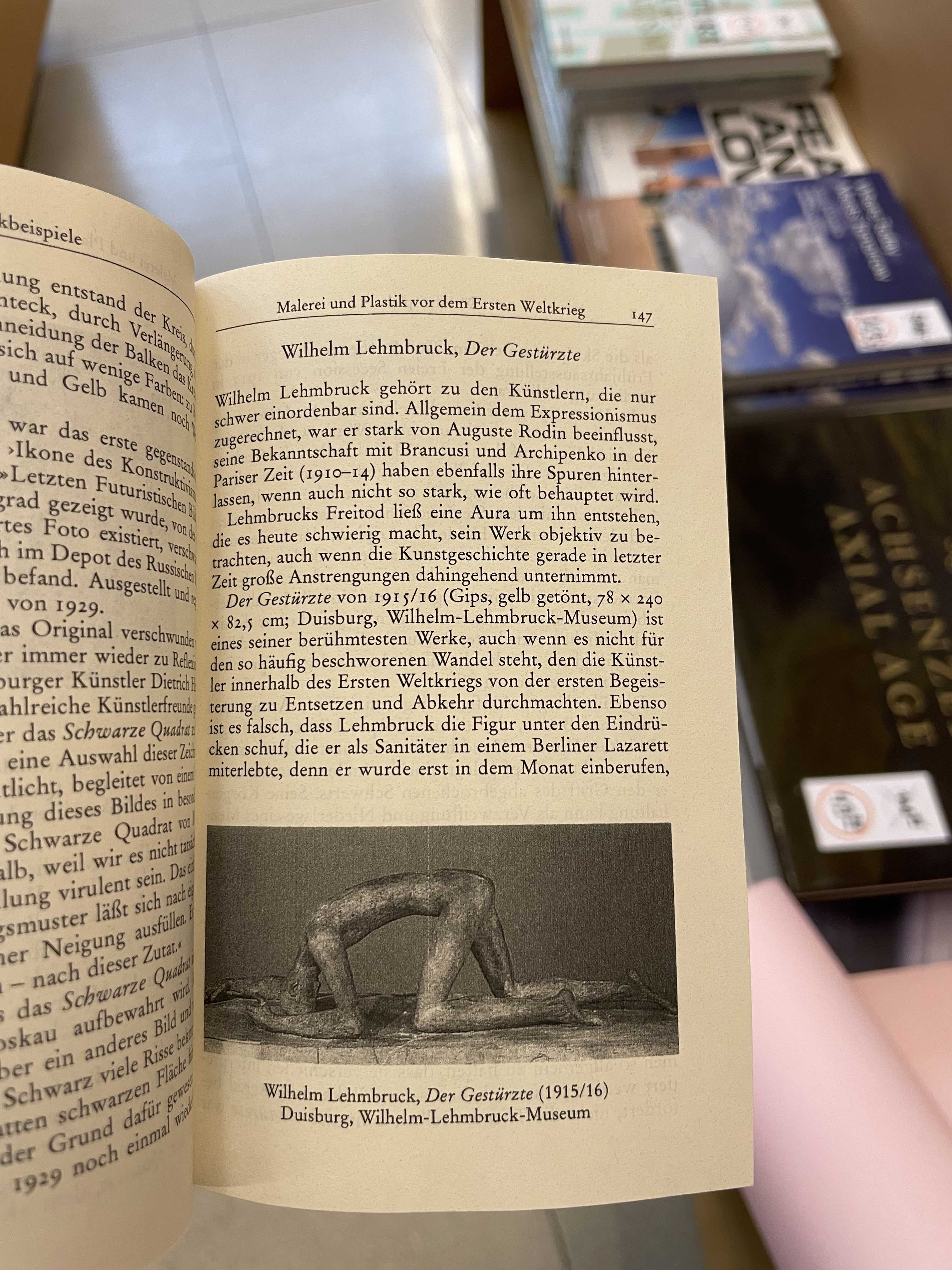
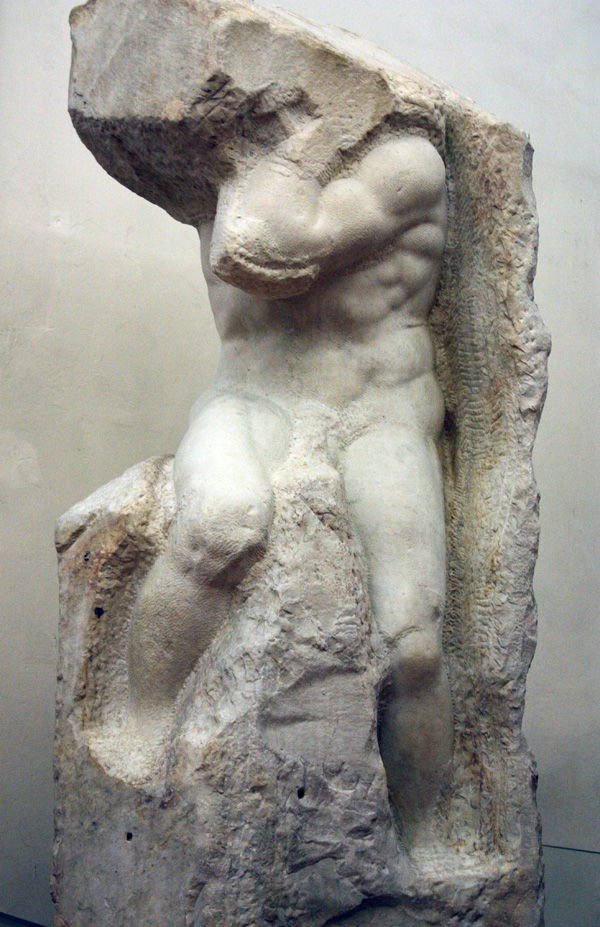
I noted that the "Melting Man" and the "Man Eating His Own Feet" have both the disappearance of a body in common.
Why am I interested in that?
I think the question gets to another dimension when realising that am representing the disappearance of the figure, but at the same time don't want to let go of it in any way possible. Not even it's previous states. (Referring to 3d scanning)
Tralfamadorians should be able to give me more insight.
https://spendingti.me/essaying/at-MU/index.html
I wandered through the thoughts of Kirsten Spruit on essaying and can really relate to her experiences and thoughts. We are going to visit "Extra Practice" tomorrow where I hope to meet her.
This is part of Wallace Chan's work at Venice Biennale 22. It reminded me of another work I saw by Jaume Plensa that I saw in Bordeaux last summer. I wonder if he took inspiration from Plensa.
Yesterday I finally watched "Episode III: Enjoy Poverty" by Renzo Martens. I've seen a commentary by KIRAC before and was familiar with the content, but only now got to watch it. It was important to me to watch, because it's theme touches on my last work "Answering the Question: What is Enlightenment?", where I payed a person from Pakistan that earns his living by making custom video messages on Fiverr to read Immanuel Kant's text, which the title is named after.
I am still in doubt over the title actually, but I don't seem to come to a better one right now so this is also maybe just a working-title.
What struck me was the scene close to the end of the movie where Renzo for the first time shows his sadness, not about the suffering he encounters, but about his own vanity.
I acknowledge that writing and journaling publicly is a hard thing. I also don't have too many moments in my day where I really can take the time to reflect.
I keep seeing Kunst everywhere (I decided to write Kunst, because for me the word in English has a different undertone. The English word "art" seems so distant and posh, while "Kunst" is free.
Back to the point. I keep seeing Kunst everywhere. When I truly get aware of all the facets of life and how wonderfully complex it is I am not able to focus.
Every path is interesting.
The painful ones as mach as the happy ones. Beauty can be found in misery. And it's maybe I can look at it in a cynical way and say "It is romanticising the world", but Romanticism is also a form of coping with the world.
I think I tend to cope with the world by romanticising my own future. Sometimes even the past. The common phrase that summarises it is "Maybe things were meant to be this way." A sort of outer universe, maybe even godly, imagination. Do you believe in something out there?
In my youth, during my political work as representative of the Bavarian students in-front the Landtag München I met many young ambitious people. Most of them were left. Some of them turned radical. Most not.
They see it a phase in their youth. I remember discussions about religion back then and how schools in Bavaria should be more secular. What kept bothering me about the discussions was a certain closeness towards the discovery where religions even come from, what it can do to a person, and what the deeper longing for it is.
I took some photos of my "major" drawings and paintings this week in my studio.
I realised that it's been a while since I have drawn or painted. I don't get to really work with my hands between all the assignments and competency assessments and resits and electives and theory assignments and bureaucracy and managing a healthy life and going to the gym and reading more books and watching more movies and going to more museums and seeing more galleries and researching more references and working on your relationship and going to therapy two times a week and cooking and cleaning and giving attention to your social contacts and thinking about your "audience" and setting up the logistics and learning new skills and having to have a job and caring for your housemates and paying your taxes and networking and fixing your broken sink and dealing with your family and dealing with others expectations and being kind to you inner child and being present in the moment
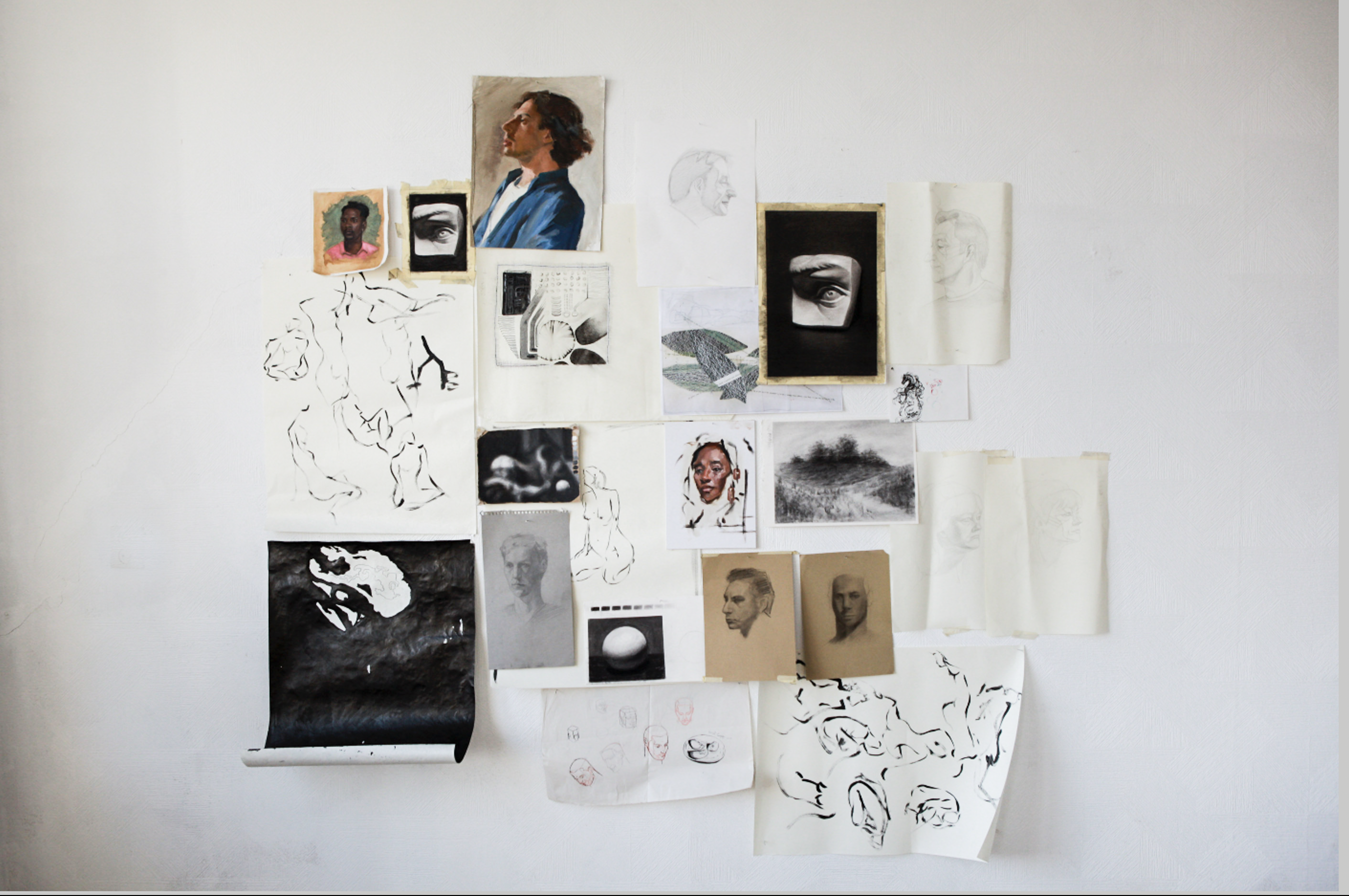
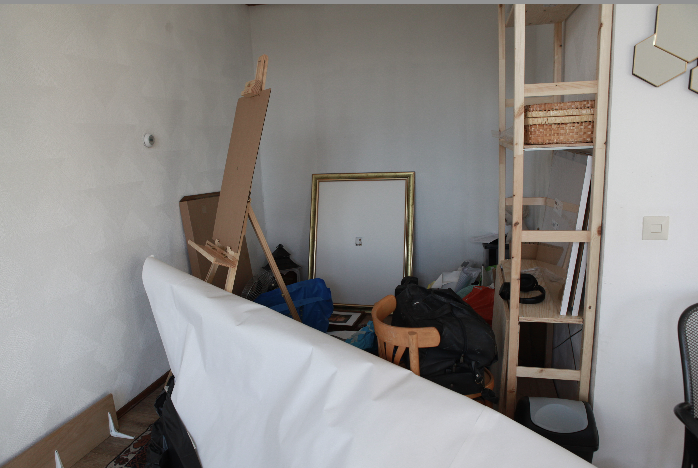
Studio is still a mess, but I went to Ikea and bought a shelf and table that we build already. Now I need to build a shelf system still to store my stuff.
I build my own place in WdKa already for clay.
I think it's a shame that we don't have studio based education in Wdka. The space you work in says so much about you already. The work that surrounds it.
Paul said that i can also see the shelf as a work itself.
Today I was at Amanda's and Vera's house. They have a clock in the kitchen that doesn't work anymore and is stuck on this time. I theme of the evening was to realise how time goes faster in the Netherlands compared to Mexico and Portugal. That I myself live in a time regime of the Netherlands. Fast pace. Going from appointment to appointment. Trying to lose no time. Sometimes that's not always your decision. The trains have been fucked up lately. But maybe it also needs slow time to come to deeper conclusions and images. Fast pace art is different then slow pace art.
Slow pace art allows to divert and float on water. Not knowing where it will go. If you float too much it will stay floating in your own world.
Fast pace art starts in the brain. There is a goal and ways of getting there. In the different ways there are discoveries, but really driving is not part of the plan. That's something for next work.
I went to the theatre and saw a performance called "DEEG" by Jef Van gestel & Peter Vandemeulenbroecke
It was amazing! AMAZING! I didn't imagine that you can make art like they did. They basically experimented flour and turned it into dough in the most creative ways. Eating pure flour and turning the clumps that come out into an ashtray for their dough cigarette.
Theatre as an art form touches me the most intensely compared to other art forms. The settings, the music, the light, the expectations, the here and now,...

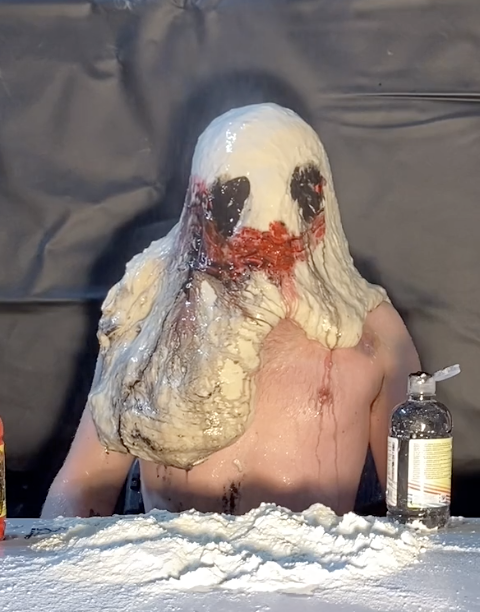
The next day I went to another theatre from the "Warme Winkel" called "Bus nach Dachau". I saw the gothic typeface on a poster in Amsterdam and found out about this play.
One of many topics in the play was the generational guilt of Germans. When critiquing how they process their own history I didn't feel related. When growing up in a migrant family in Germany I didn't feel connected to the bad parts of its history. The guilt didn't really take me in. As most of my friends were second generation migrant kids too we were never confronted with it. (Probably already had enough of our own shit to carry around)
What stood out to me in the play was the use of face-filters for the actors. They turned into Disney characters while acting out a scene in a Concentration Camp.
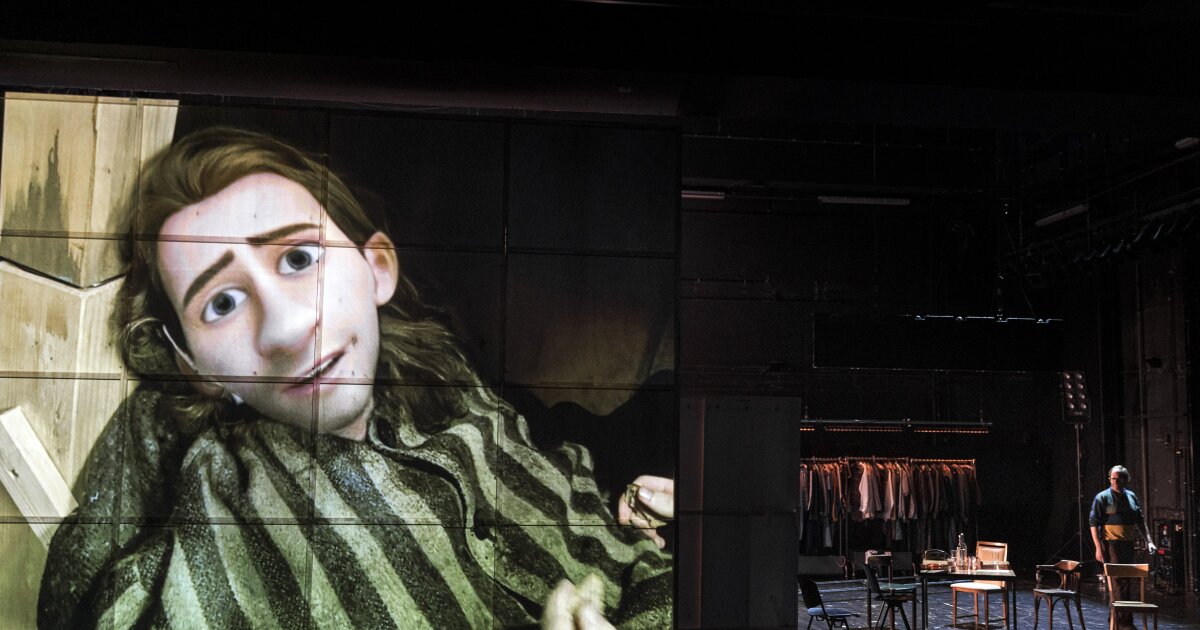
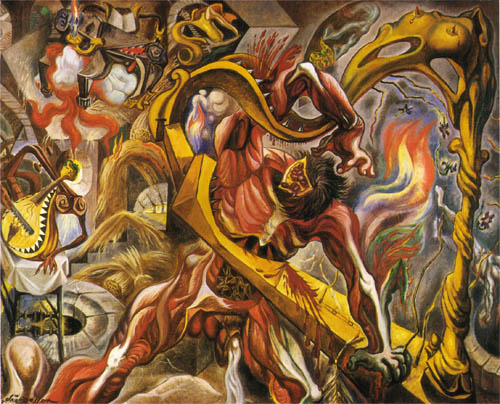
André Masson. Early surrealist painter. I am watching a documentary about the history of surrealism. My interest for that got triggered by a dinner with Dori, Amanda and Vera that talked about Leonora Carrington. Only after I googled I realised that I saw almost all her paintings at a solo exhibition in Copenhagen "ARKEN" in December. I wasn't touched by the work and didn't remember the artist's name. Now it comes back at me.
In the documentary they go into the process of André Masson and how he used glue on his sketches and then threw sand on it really inspires me. Especially because I saw a painting by Katharina Grosse that uses sand and spray paint. It's time for me to get working on a painting!
Painting by André Masson
Sand drawings
Katharina Grosse
When Dali was renounced to be a Surrealist, by André Breton for being too commercial and having adopted a classicists aesthetic, I now see that in them. They are obviously very different to his more known paintings with melting clocks, but I like to recognise this very typical lighting I associate with Caravaggio on the right.
Dali
Caravaggio
Painting by
Remus Grecu called "Ecce Homo"
This painting stuck with me for a year now. It keeps coming back in my mind.
I worked further on my 3D scanned sculpture site. I managed to upload the sculpture as model into the site. (It loads very long because it's too big, so please wait for couple minutes.) The text is an AI generated text with the assignment "Write me a text of a Roman bust that is 3D scanned and looks over your shoulder."
https://immediate-private-hill.glitch.me/
This whole elective got me excited for my own blog. Making my alternative to Instagram and sharing it with an RSS collector. I would love to create a site for artists to share their blogs with and get more independent from social media, but keeping a social network.
Getting cozy. I want to plan a painting night with friends. We all agree that we don't paint and draw enough.
Febuary
I love this shot in the work of Amie Siegel. The revealing and cleaning of ancient sculptures has something so gentle and caring, that it would be interesting to work with that in one of my works.
https://youtu.be/X82euanuULM?t=969
FUTURE PRACTICES - Karin and Desiree
I love this shot in the work of Amie Siegel. The revealing and cleaning of ancient sculptures has something so gentle and caring, that it would be interesting to work with that in one of my works.
I AI generated these images to find out how far midjourney is in creating realistic photography. And how I can art direct such outputs.
The more I dive into AI the me more useless I feel.
I would like to read some more sensible philosophy on AI and the future of painting or any artist-ship overall.
METHODOLOGY:
For groups to break the ice. Standing in a circle and everyone shares a way they make their body relax. Very sweet to remember for giving my own workshops.
Art as a design object...
Art as a design object...
What are others doing in Fine Art this term?
Yesterday I tried to make my own paper pulp from recycled cotton fabric. It was going through the hollander for about 2,5 hours. I think it takes another 3 hours.
I want to make a huge paper and try out some techniques from Peter Gentenaar and see what I can learn from it. His sculptures are so beautiful and inspiring. I wonder where I will end up...
I also did some samples with trying to use the cnc machine to draw on ceramics for me. Because of the uneven surface the drawing on the left looks like from a kid and not a robot. Funny contrast to it's super precise way of working.
This term I really want to stay away from concept driven work and get much closer to making. And experiment more and don't build on to a create a final piece.
It's time to learn how I can make my own glazes!!
I also looked into an internship at https://www.cristinacordova.com/internships. I would like to do an internship at an artist like her
There is this Japanese technique for ceramics. It reminds me of a candy I used to eat as a kid. Would be fun to recreate it with the candy instead.
Textile Museum
Soooo many possibilities. Totally overwhelming. Too many possibilities that are out of my reach, because I don't know enough about the techniques. It feel intangible.
I also made a very quick work in the workshop of Wilko to learn about silkscreen print and sublimation print. It's based of a session I had with my therapist, while re-scripting a conversation with my inner child and my mother.
I think this can work very well as a series of different drawings. Stitched on fabric.
I think this can work very well as a series of different drawings. Stitched on fabric.
I think this can work very well as a series of different drawings. Stitched on fabric.
I think this can work very well as a series of different drawings. Stitched on fabric.
I think it's a shame that we don't have studio based education in Wdka. The space you work in says so much about you already. The work that surrounds it.
Paul said that i can also see the shelf as a work itself.
I think this can work very well as a series of different drawings. Stitched on fabric.
Making "Mama! Why did you throw away my drawings?!" felt so natural. I didn't have to overthink, which is something I really want to expand upon. This brings me to my field of practice.
I don't necessary know how to call what I am doing, but I like to take reference from known objects and things most people can recognise and look at it from a twist. Two artists that come to mind that I could place myself close to is Willem de Haan and Octavi Serra. Maybe they are both more so on public art then I am right now and are able to create more spontaneous and faster works, but they are still very inspiring to me.